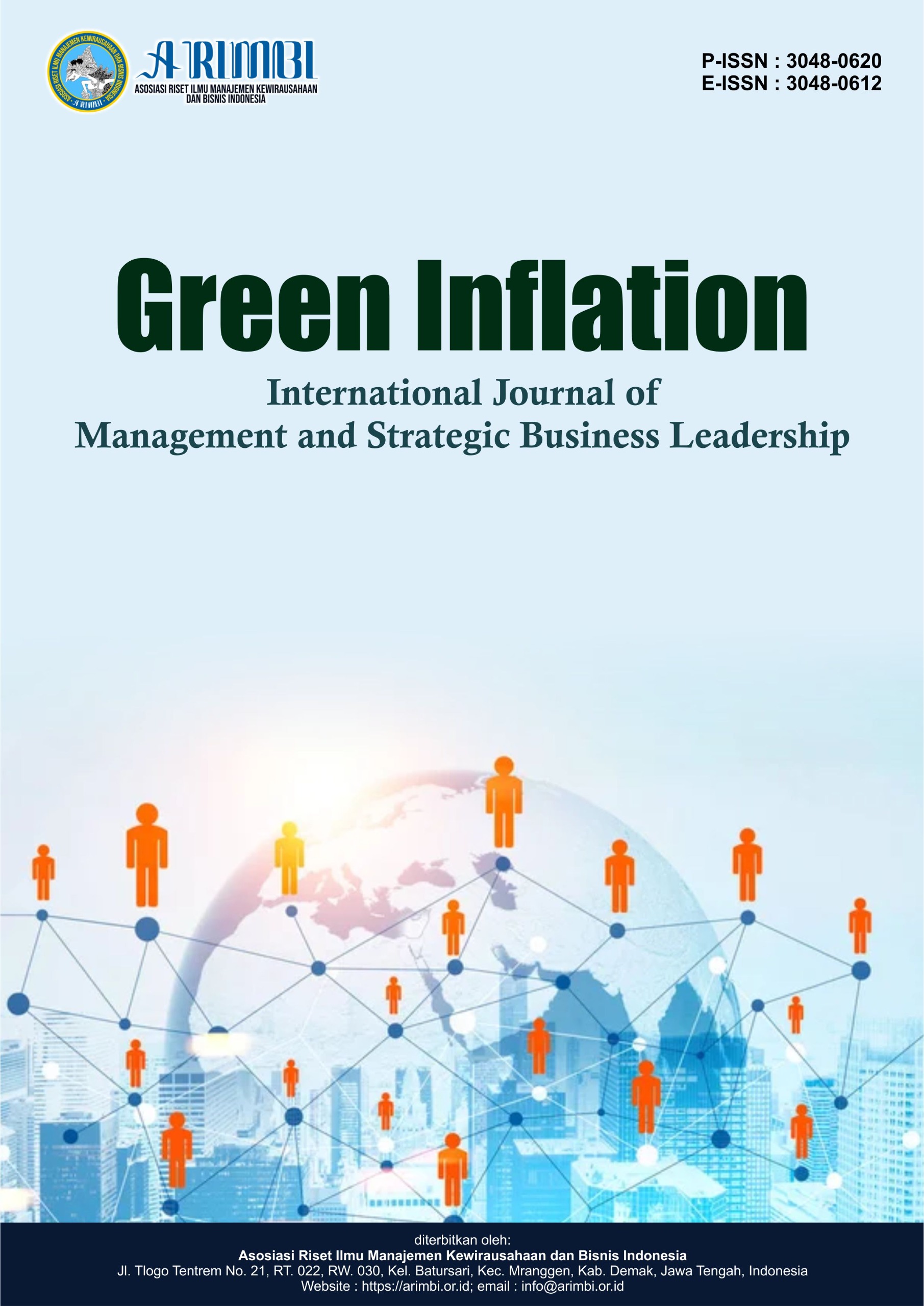Analysis of Women's Quota in DPRD Province of DKI Jakarta
Period 2014-2024
DOI:
https://doi.org/10.61132/greeninflation.v2i1.166Keywords:
Women's Quota, DPRD, Women's RepresentativesAbstract
This research aims to analyze the implementation and effectiveness of the women's quota in the Regional House of Representatives (DPRD) of DKI Jakarta Province during the 2014-2024 period. The women's quota is an affirmative policy designed to increase women's representation in the legislature, regulated by Indonesia's electoral law. Although this policy has been implemented, there are still various challenges that hinder women's participation in politics, including cultural, social, and structural barriers. This research uses a qualitative approach with a case study method. Data was collected through in-depth interviews with Deputy Chairman of DPRD , Legislative Candidate, Academics , Sociologist and Law/ Political observers, as well as analysis of official documents and related reports. The results show that despite an increase in the number of women in the Regional House of Representatives (DPRD ) of DKI Jakarta Province , the women's quota has not fully achieved its goals. Some of the factors that affect the effectiveness of this quota include the lack of support from political parties, strong gender stereotypes, and obstacles in the recruitment and selection process of female candidates. This research also found that the existence of women's quotas alone is not enough to increase women's participation in politics. Further efforts are needed, including political education for women, capacity building for female legislator candidates, and reforms in the political party system to support greater involvement of women. In conclusion, the women's quota in the Regional House of Representatives (DPRD) of DKI Jakarta Province still faces various challenges in its implementation, and additional strategies are needed to overcome these obstacles in order to achieve more equitable and inclusive representation.
Downloads
References
Amendments to the 1945 Constitution, First, Second, Third and Fourth Amendments. (2004). Media Presindo.
Andriana, et al., N. (2012). Women, Political Parties and Parliament: Study of the Performance of Female Parliamentarians at the Local Level. LIPI & Konrad AdeauerStiftung.
Hamdayana Jumanta, H. H. (2010). Intelligent, Critical Citizens. Erlangga.
Kaelan. (2004). Pancasila Education, Paradigm. Yogyakarta.
Maliki Zainuddin. (2004). The Great Narrative: Three Hegemonic Social Theories. LPAM.
Maxim, S. (Ed.). (2002). Women in Parliament: Not Just Numbers (A. Syams, Trans.). International IDEA.
Megawangi, R. (1999). Letting Be Different: A New Perspective on Gender Relations. Mizan.
MPR. (2014). Guidelines for the Socialization of the 1945 Constitution and MPR RI Decrees. Secretariat General of the MPR RI.
Mulyono, I. (2010, February 2). Strategy to Increase Women’s Representation. Paper presented at the Panel Discussion of Election Bill-Opportunities for Women’s Representation, Department of Women’s Empowerment & Child Protection, DPP Demokrat Party, Crown Hotel, Jakarta.
Purwanto, et al. (2009). Citizenship Education for Students. Graha Ilmu.
Rahman, B. M. (2013, March 19). Women’s Participation in Public Space-Perspective of Islamic Religion and Culture. Collaboration of The Asia Foundation, Paramadina Mulya University and IAIN Sultan Amai Gorontalo, Gorontalo.
Santosa Heru, et al. (2002). Summary of Pancasila Education and the 1945 Constitution and its Amendments. PT. Tiara Wacana Ilmu.
Soegito, A. T. (n.d.). Pancasila Education (Revised ed.). UPT. MKU UNNES.
Surbakti, et al. (Eds.). (2011). Increasing Women's Representation: Strengthening Affirmative Policies. Partnership.
Syarbaini Syahrial. (n.d.). Pancasila Education in Higher Education. Ghalia Indonesia.
Umar, N. (2001). Arguments for Gender Equality from the Perspective of the Qur'an. Paramadina.
Downloads
Published
How to Cite
Issue
Section
License
Copyright (c) 2024 Green Inflation: International Journal of Management and Strategic Business Leadership

This work is licensed under a Creative Commons Attribution-ShareAlike 4.0 International License.




